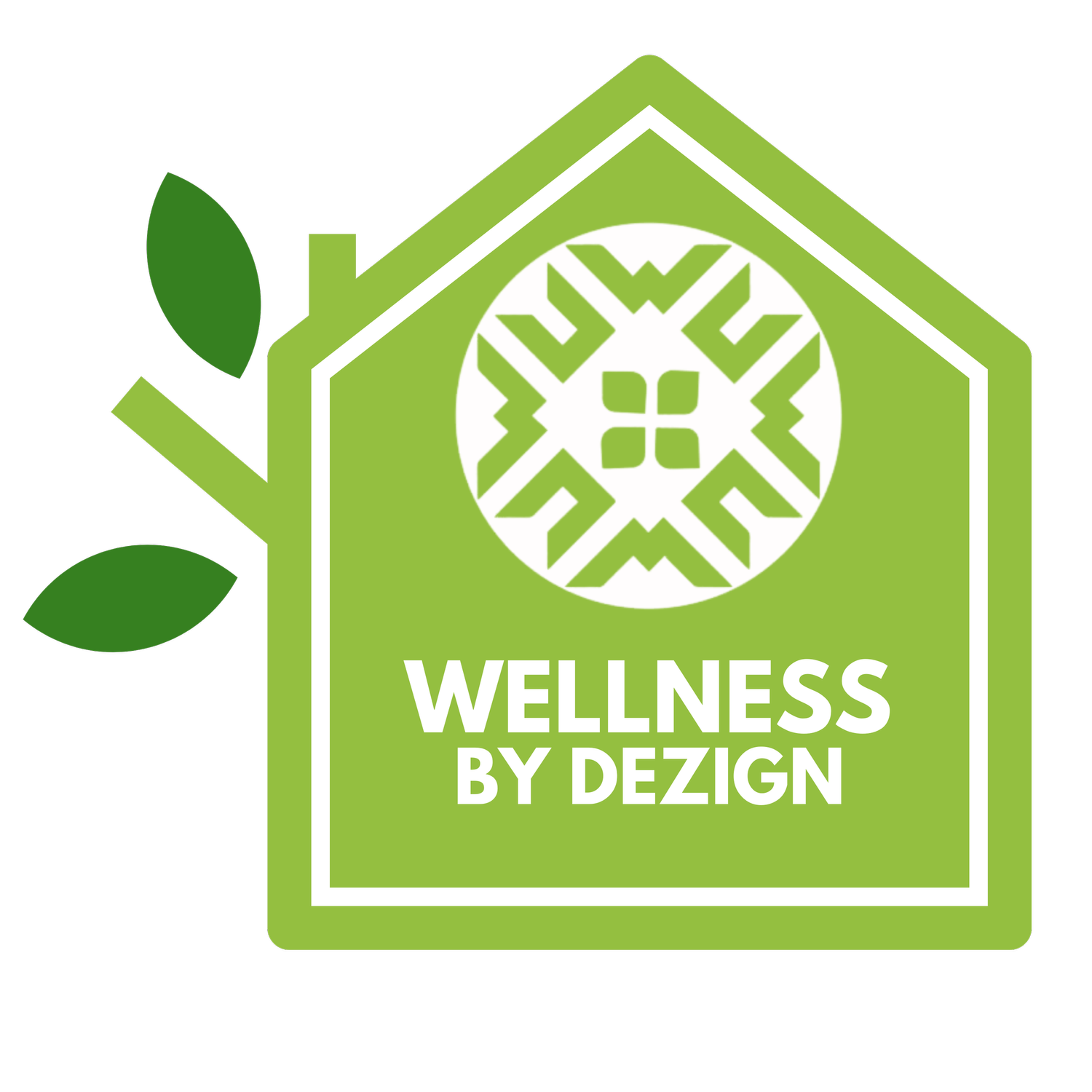The Case for Healthier Materials
Toxics can be a significant pollutant from building products at every stage of their lifecycle. Recent unprecedented regulations announced by the US Environmental Protection Agency (EPA) are a remarkable step in the right direction towards eliminating the terrible impacts on human and environmental health from the production of building products.
The new regulation on toxic emissions in the air
On March 28, 2024, the US Environmental Protection Agency (EPA) signed a new regulation aimed at reducing toxic pollutants from over 200 chemical plants nationwide, targeting chemicals that are known carcinogens, like—ethylene oxide and chloroprene. Chloroprene is an essential ingredient used to make vinyl and LVT or LVP (Luxury Vinyl Tile or Plank) which is currently one of the most popular flooring materials used in homes, schools, prisons, as well as high-end hotels and restaurants. These same chemicals are commonly found in adhesives and polyurethane foam which are also used in our buildings, as well as solvents, antifreeze, textiles, detergents, and pharmaceuticals. The chemical plants that produce substances, such as chloroprene, are typically located in Black or Latino communities, which disproportionately suffer elevated rates of cancer and respiratory issues as a result of their proximity to these factories. It’s unjust and indefensible.
The new EPA regulation on water and PFAS
On April 10, 2024 the EPA issued a groundbreaking regulation mandating municipal water systems to significantly reduce PFAS (perfluoroalkyl and polyfluoroalkyl substances) in tap water. PFAS are known as “forever chemicals” due to their persistence in the environment (take hundreds or thousands of years to break down/lasting millions of years) and harms our bodies. PFAS have been linked to myriad health issues, including cancer. The regulation, described as “life changing” by EPA Administrator Michael S. Regan, includes:
For PFOA and PFOS, EPA is setting a Maximum Contaminant Level Goal, a non-enforceable health-based goal, at zero. This reflects the latest science showing that there is no level of exposure to these contaminants without risk of health impacts, including certain cancers.2
An enforceable Maximum Contaminant Levels at 4.0 parts per trillion for PFOA and PFOS, individually. This standard will reduce exposure from these PFAS in our drinking water to the lowest levels that are feasible for effective implementation.
How Regulations on Toxic Pollutants Impact the Building Industry
The choices we make about our building products matter. Our choices reverberate far beyond the walls and structures we design and build. They impact the health and well-being of people that live near factories where building products are made and where local people work. These new regulatory developments reveal the interconnectedness between the building industry and environmental health.
Typically, toxic chemicals are present in the entire lifecycle of building materials. Following the lifespan of some of these materials, we can find benzene (a known carcinogen), for example, in the air around landfills and water near production sites. From insulation to adhesives, material ingredients pose risks to people living near production plants and waste sites, construction workers installing materials, and to future occupants.
Parson’s Healthy Material Lab
Changing the way people live in a healthier environment - https://healthymaterialslab.org/ check out Parson’s Materials Lab for more information.


